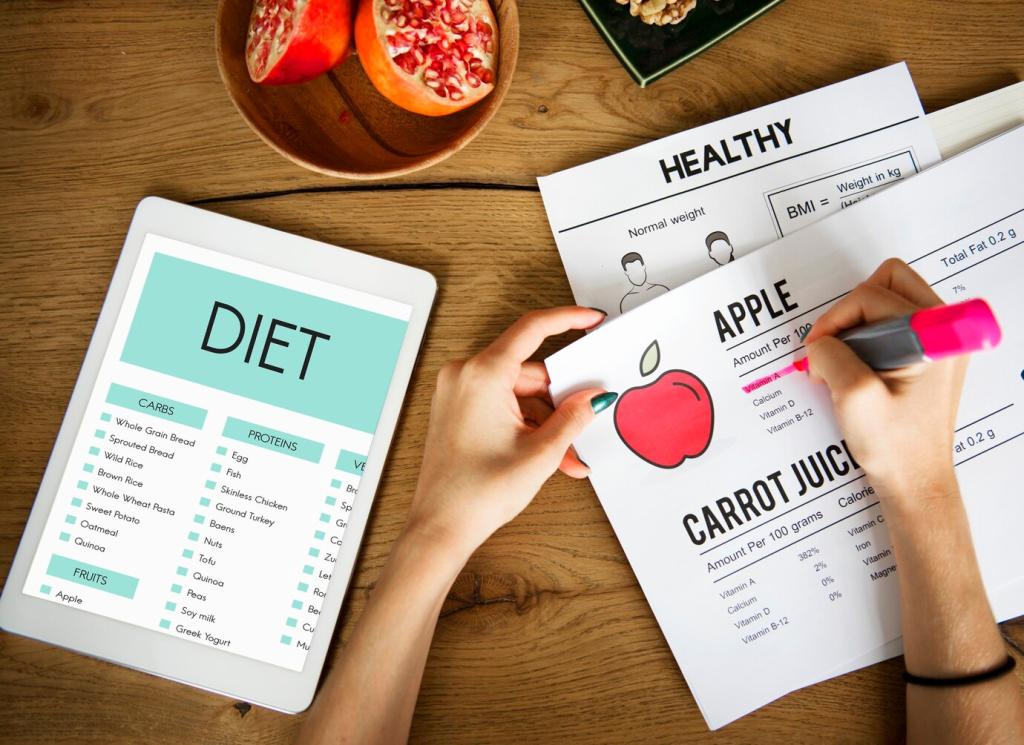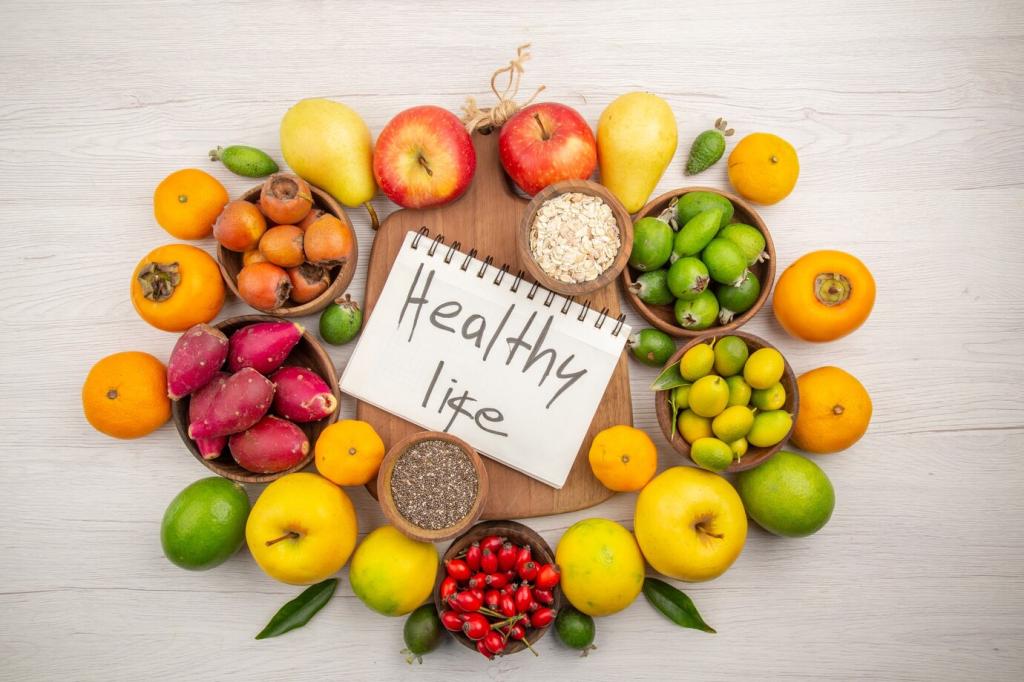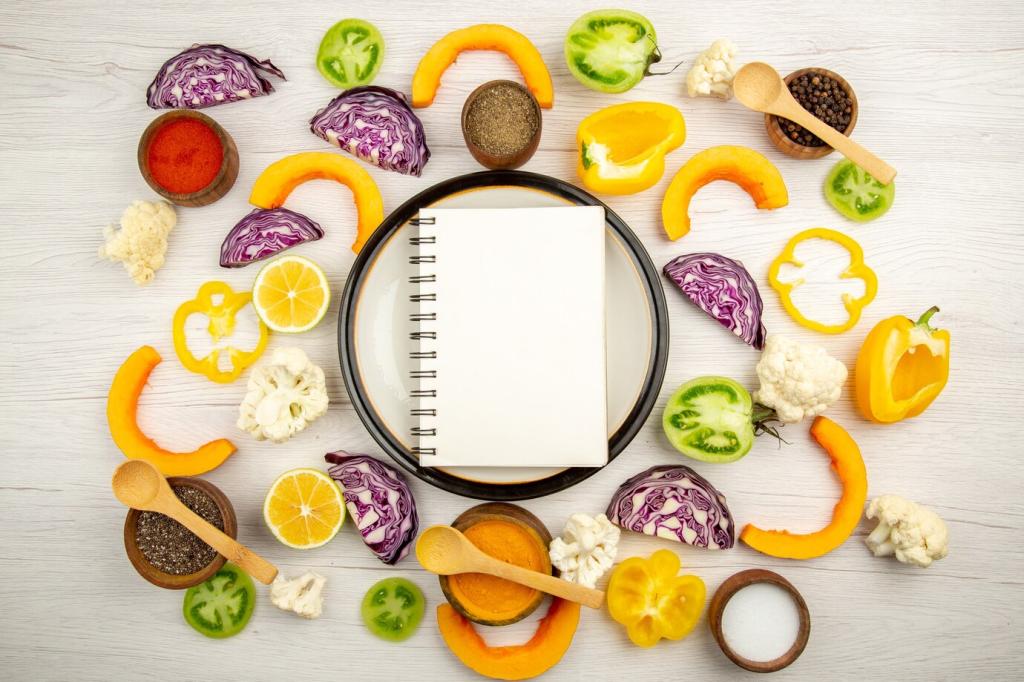Practical Meal Building for Busy Strength Athletes
Keep go-to anchors ready: eggs, Greek yogurt, cottage cheese, tofu, tempeh, canned tuna or salmon, rotisserie chicken, and pre-cooked lentils. Pair with easy carbs and colorful produce. When you’re slammed, a shake plus fruit can be the bridge that saves your training later in the week.
Practical Meal Building for Busy Strength Athletes
Batch cook lean proteins on one day—grill chicken thighs, roast tofu, brown lean beef, or pressure-cook beans. Portion into containers with grains and vegetables. Add sauces at mealtime for variety. Label protein grams per container so tracking stays frictionless during high-volume training blocks.






